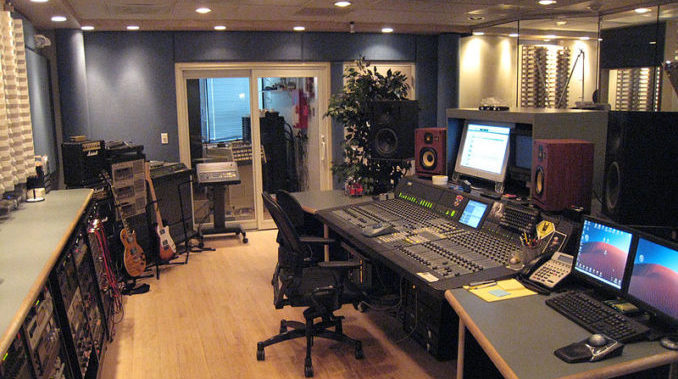
Some people are just ahead of their time. Chris Sievey was one of them.
Sievey was the man who created the comedic persona Frank Sidebottom, a performer with a giant papier-mache head. He was an underground pop art icon and the inspiration for “Frank”, a 2014 movie starring Michael Fassbender in the title role.
Before that he was a musician, but a musician like few had ever seen. It wasn’t his skill with instruments which made him stand out, but rather his ability to innovate in self-promotion.
He caused Virgin Megastore – a major music distributor – to notice him by including their name in the title of one of his songs (they subsequently forced him to alter the title.) He would walk around busy city streets with signs advertising his songs. It was his effort with personal computers which put him into history books, though.
Granted, very geeky, technically oriented history books, but….
In the early days of home computing, the Sinclair computer, produced by Timex, dominated the market. It wasn’t a particularly strong computer; early versions had 1K memory on board with a maximum of 16K with memory cards plugged in, and the best of them had about 2K memory on board and maxed out at 64K with memory expansions. A person could plug it into their television, though, and have a working computer.
Using a Sinclair, Chris Sievey created the first home computer video.
Video promos had been around for years. Typically they were snipped from recordings of a band playing a concert, or arranged as if they were a scene in a movie. Some people had even used expensive computers to produce effects for their “mini-movies”, effects which seem pathetically rudimentary by modern standards but which were considered dynamic at the time.
A home computer, with its limitations, seemed unusable. Sievey proved people wrong by releasing a single, Camouflage. On the A side was the song. On the B side were a series of small programs for the Sinclair. One of them was the “computer promo”.
The purchaser was to play the B side onto a piece of recordable media like a cassette tape, then play that media into the computer. If done properly, they could then flip the single and play the song while running the computer program.
Curious as to what it looked like? Youtube has you covered.
Not all that bad for early 1983.
Question of the night: What’s your favorite 1980s video?
